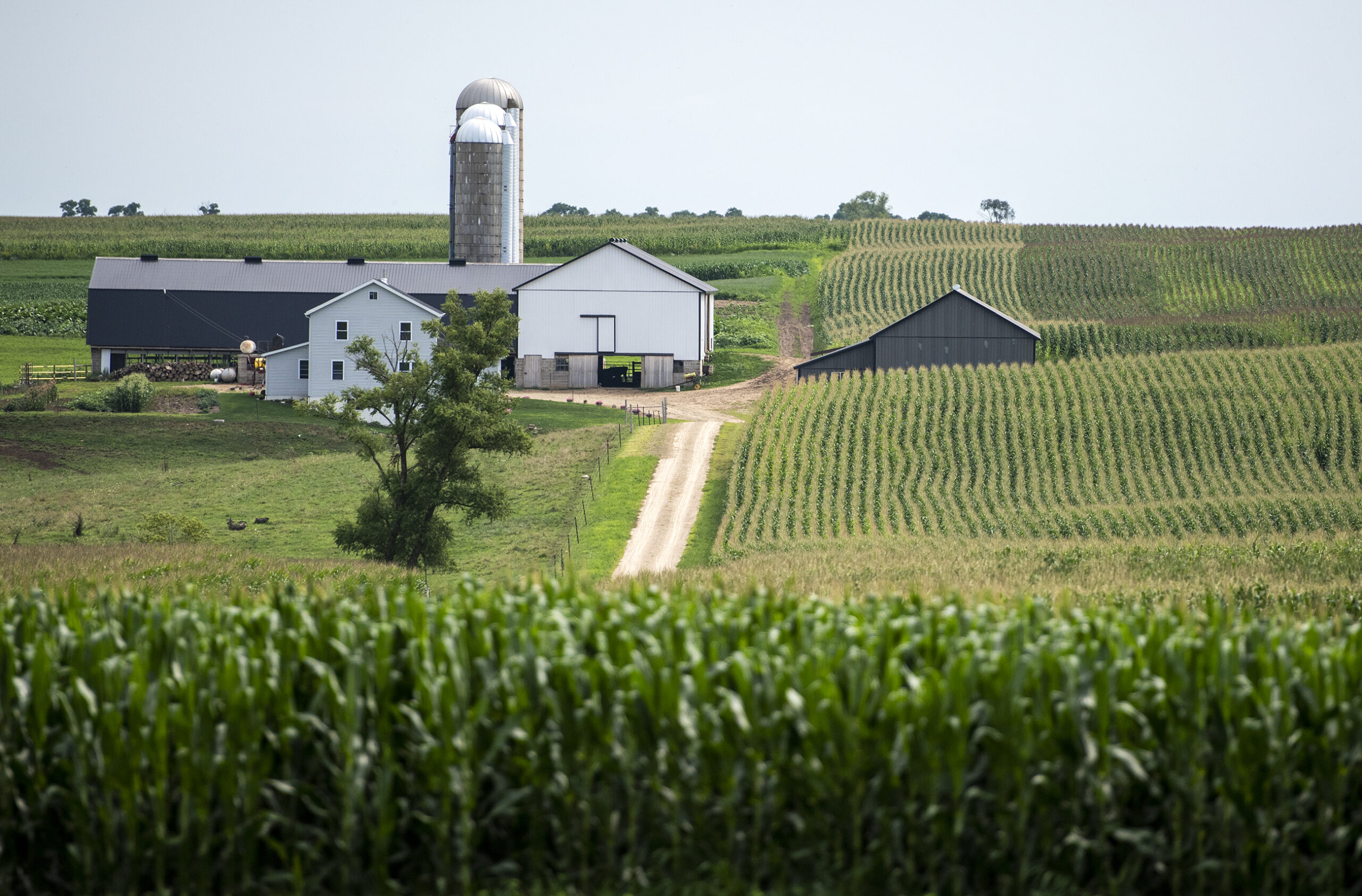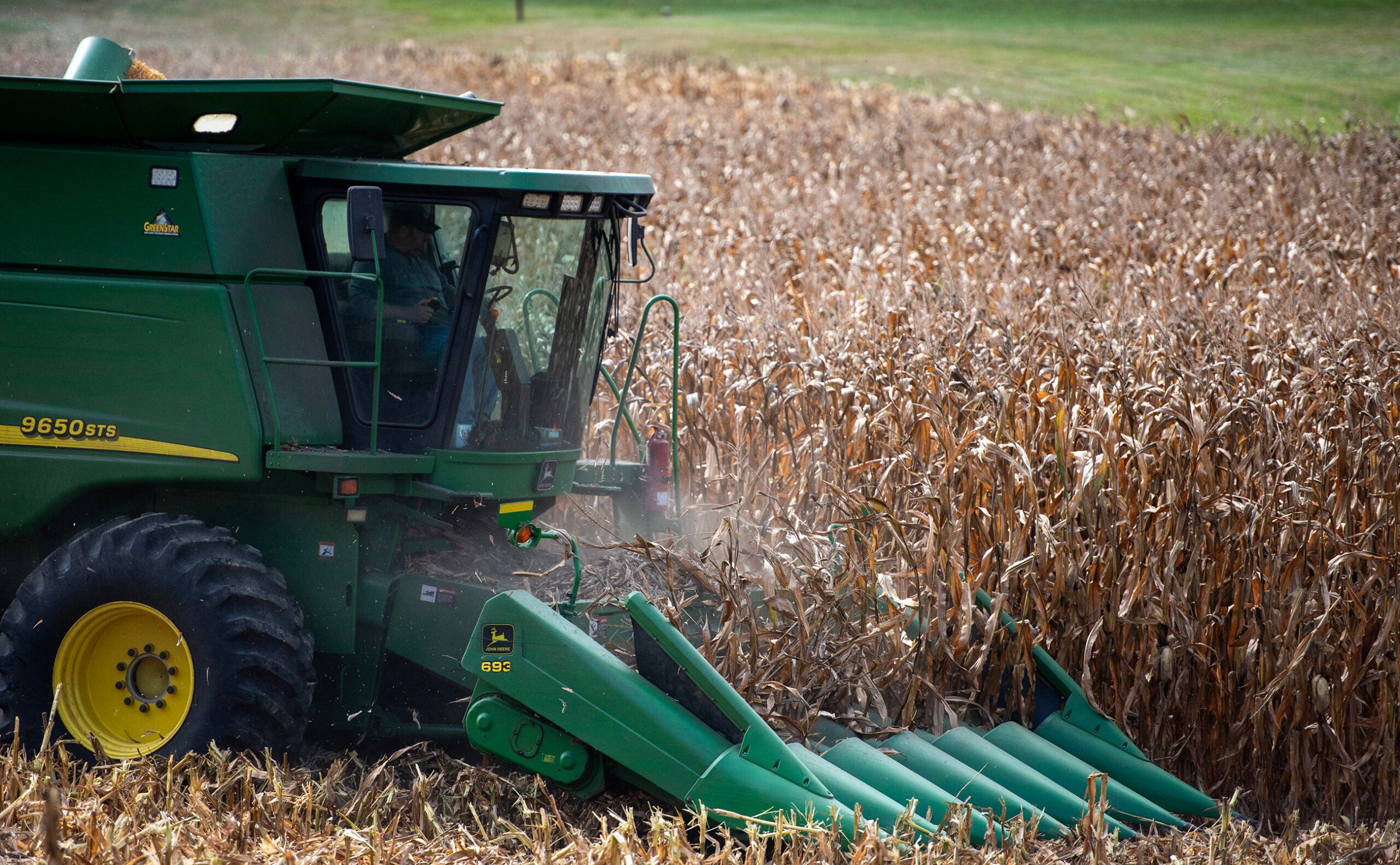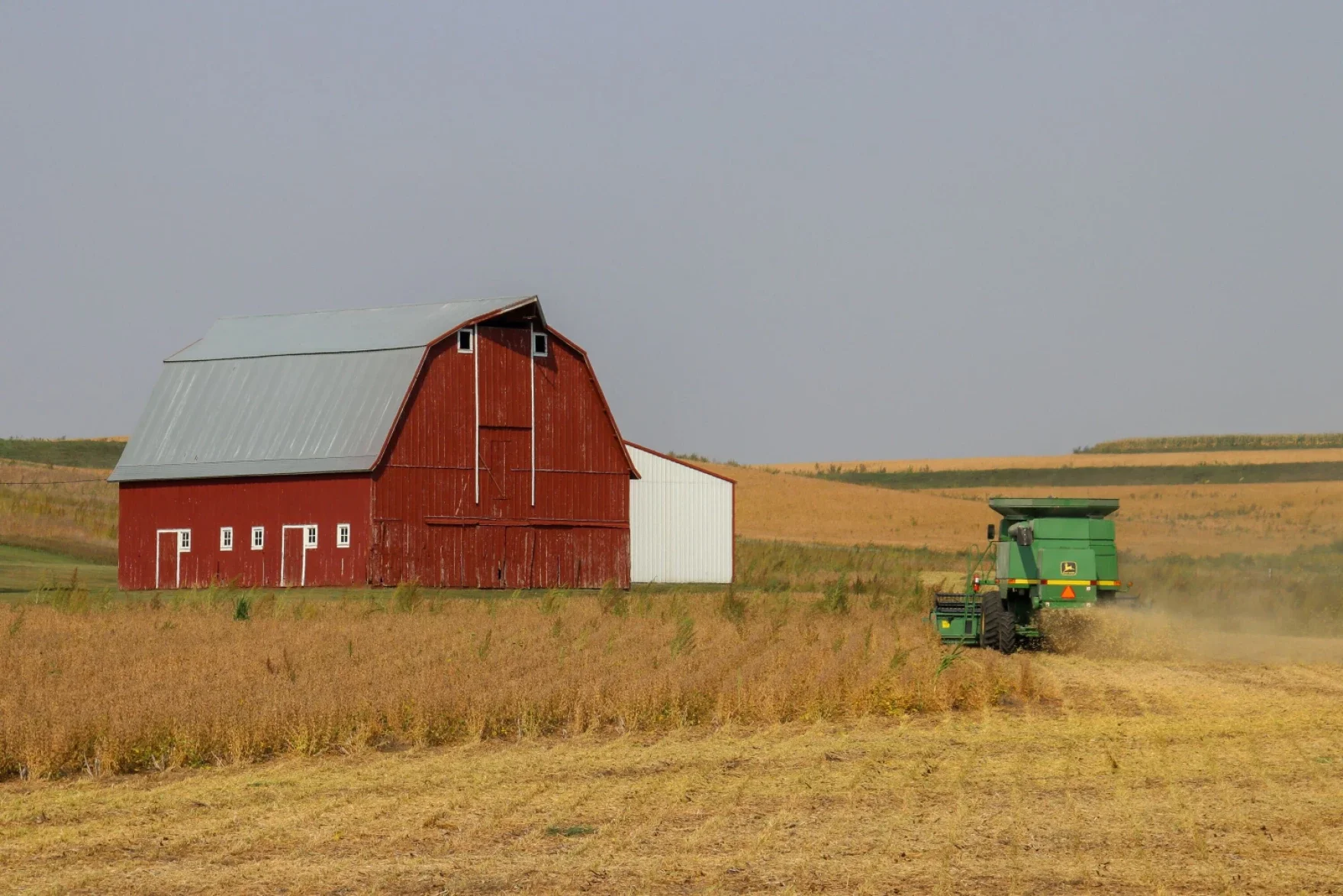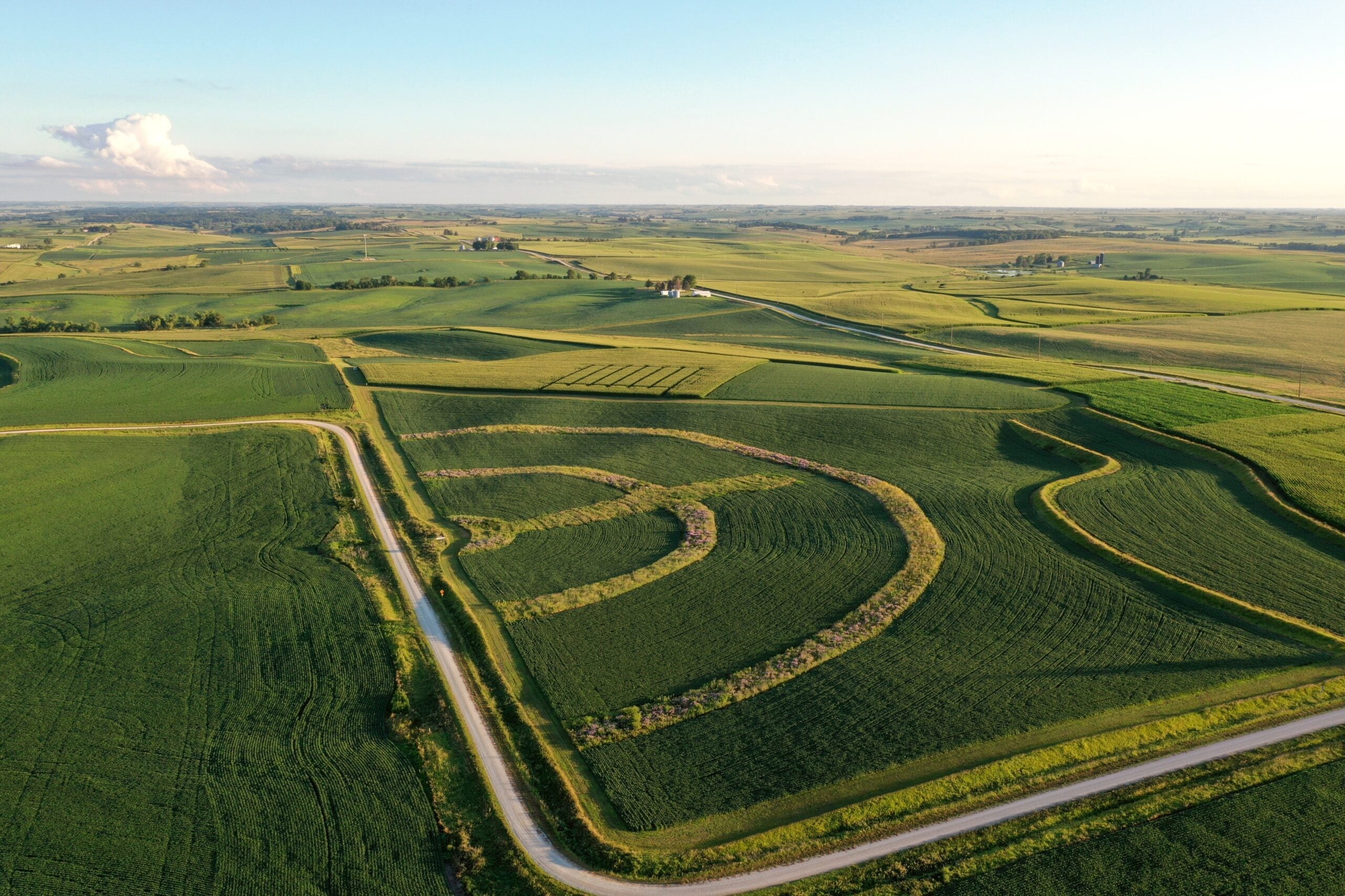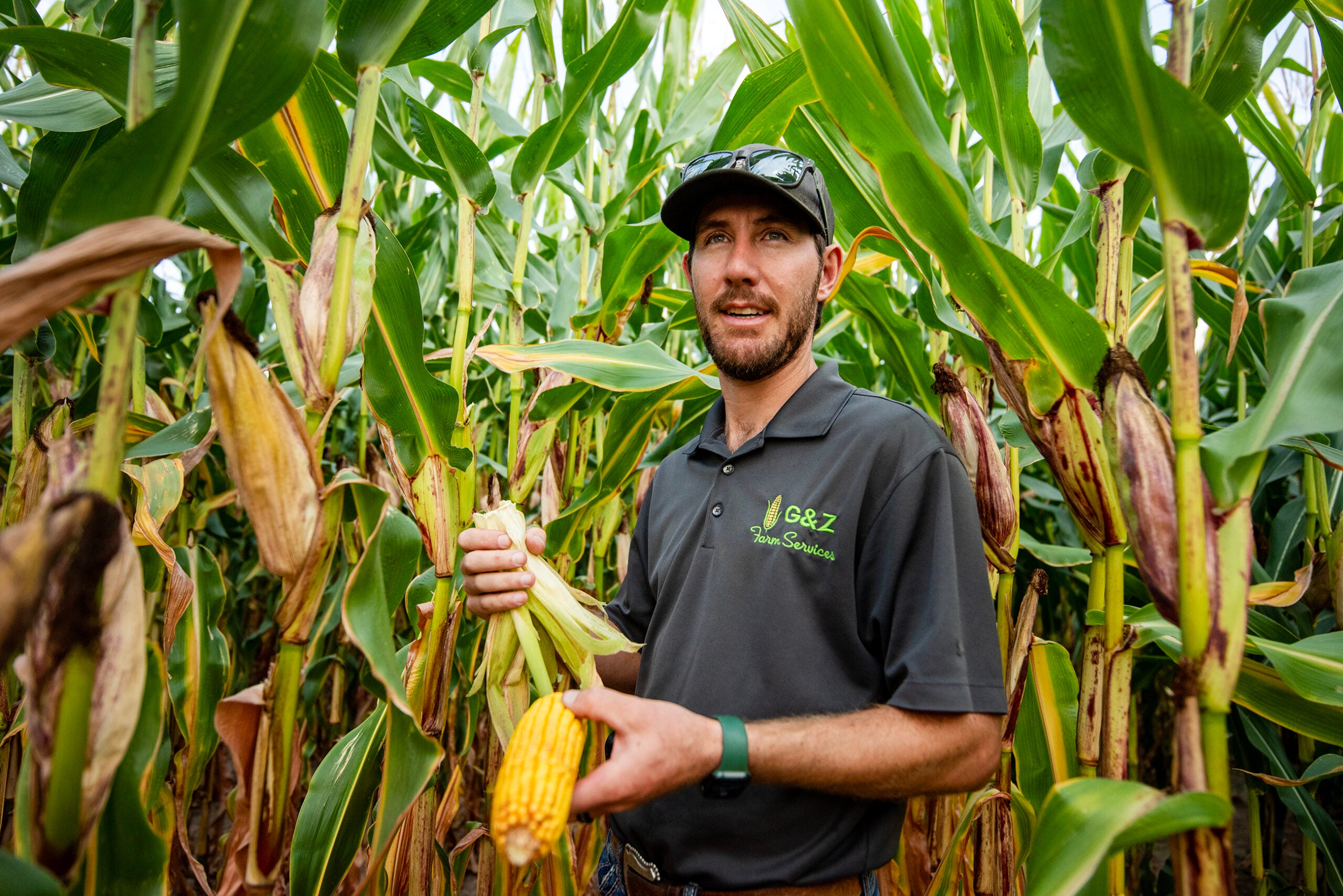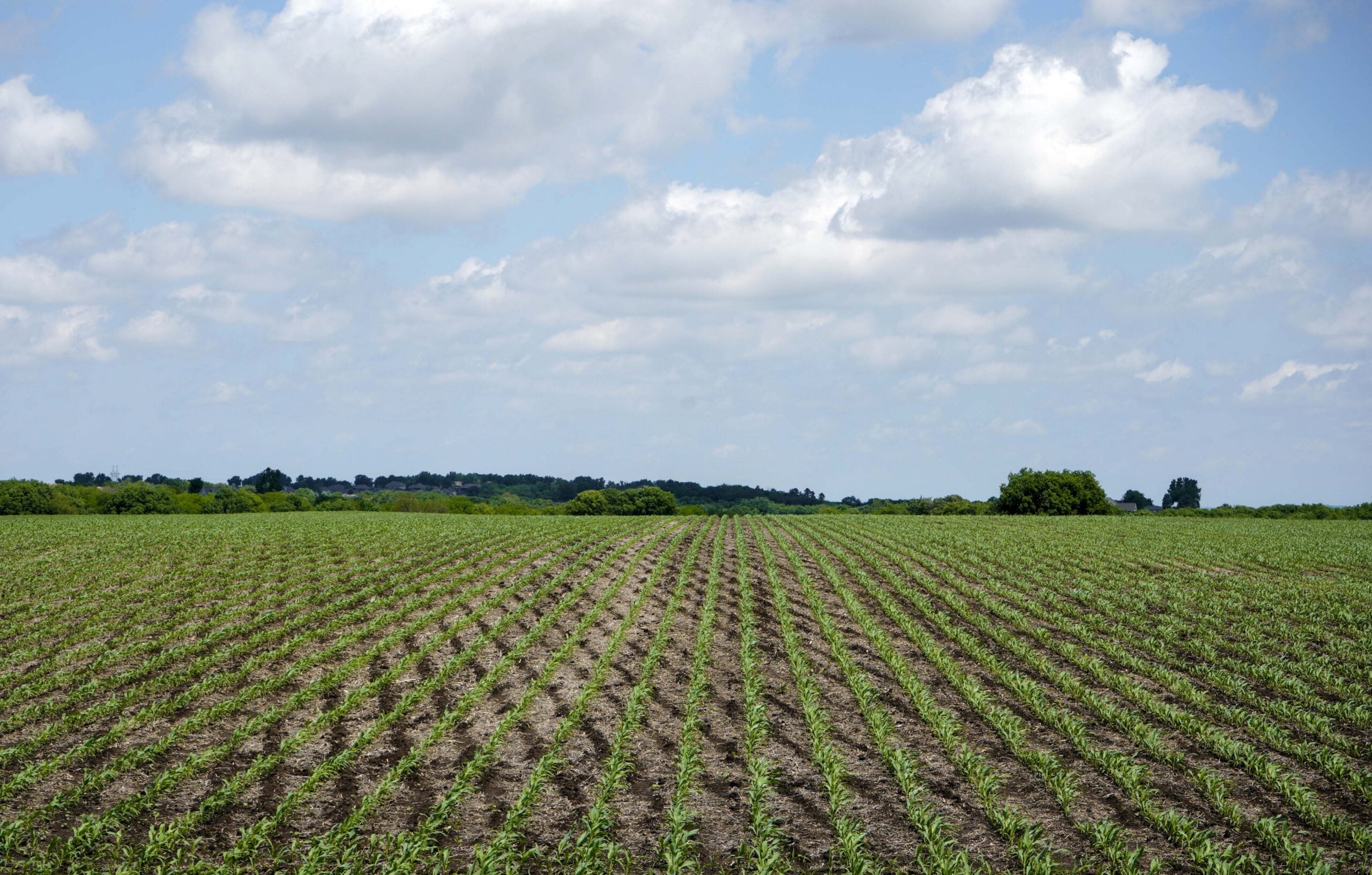A regional survey of agricultural bankers found Wisconsin farmland values are still inching higher after two years.
The Federal Reserve Bank of Chicago’s quarterly survey found that the value of good farmland was 15 percent higher in the first quarter of the year compared to 2022. It’s the eighth quarter in a row where land values have been up by double digits in the state and across the district, which includes Iowa and parts of Wisconsin, Illinois, Indiana and Michigan.
Wisconsin saw more growth than any other state in the region except for Indiana, where land values were 22 percent higher than the same quarter last year.
News with a little more humanity
WPR’s “Wisconsin Today” newsletter keeps you connected to the state you love without feeling overwhelmed. No paywall. No agenda. No corporate filter.
David Oppedahl is a policy advisor for the Federal Reserve Bank of Chicago and the author of the report. He said Wisconsin bankers also had a more optimistic take on the current prices.
“Wisconsin bankers don’t see farmland values as overvalued, whereas some of the other states, down in Illinois, Indiana and Iowa, they do see that,” Oppedahl said. “That means that maybe there’s a little more room for some additional increases to come in Wisconsin relative to some of the other states.”
Surveyed bankers reported that the state’s land values were 2 percent higher than in the 4th quarter of 2022.
A report from the University of Wisconsin-Madison’s Division of Extension found the average price of agricultural land sold in the state last year was $5,551 per acre. That’s 11 percent higher than in 2021 and nearly 24 percent higher than in 2020.
Heather Schlesser, the Extension agriculture educator who prepared the report, said the sustained increases trace back to the cash farmers received from federal COVID-19 assistance programs. She said at the same time, many farmers decided it was the right time to sell land.
“It’s all about give and take, supply and demand,” she said. “There’s not a lot of ag land out there. So if there’s more money out there and there’s less land, the farmers that are selling are going to want more for it. So I think that started driving it.”
Schlesser, who is based in Marathon County, said the increased farm sales continued into 2021. But she thinks what mostly drove sales in 2022 and into this year is the continued consolidation of farms and the drive by the largest farms to get bigger.
“They’re willing to pay that higher price in order to ensure that they get it because there’s not as much of it out there on the market anymore,” she said.
Her report, which uses data from actual land sales collected by the Wisconsin Department of Revenue, found there were 28 percent fewer acres sold in 2022 compared to the previous year.
Schlesser said higher prices mean farmers who are exiting the business are getting a good return on their investment. But for producers that are just getting started, she said it’s a tough market to be in.
“Land was always sort of the detriment, or the hard part of new farmers getting into farming,” she said. “With the price going up, it’s going to deter new farmers from getting in even more than what it did in the past.”
As demand for land has increased, so have interest rates paid by farmers for real estate and operating loans. The Federal Reserve’s survey found interest rates went from around 4.6 percent in the first quarter of 2022 to around 7.7 percent this year. It’s the highest they’ve been since mid-2007. But Oppedahl points out that when adjusted for inflation, the rates are comparable to what farmers saw at the beginning of 2021.
“It hasn’t had as big of an impact for agriculture, I think, because we really aren’t to the levels that are hitting in terms of that real inflation yet,” he said. “We’ve also seen some decreases in other kinds of expenses like diesels come down, some fertilizers are less expensive.”
Looking to the future, Oppedahl said it’s likely that growth in farmland values will continue to slow down. But most bankers and farmers are waiting to see what will happen with commodity prices and this year’s crop to get a better idea of where the market is headed.
Wisconsin Public Radio, © Copyright 2025, Board of Regents of the University of Wisconsin System and Wisconsin Educational Communications Board.

